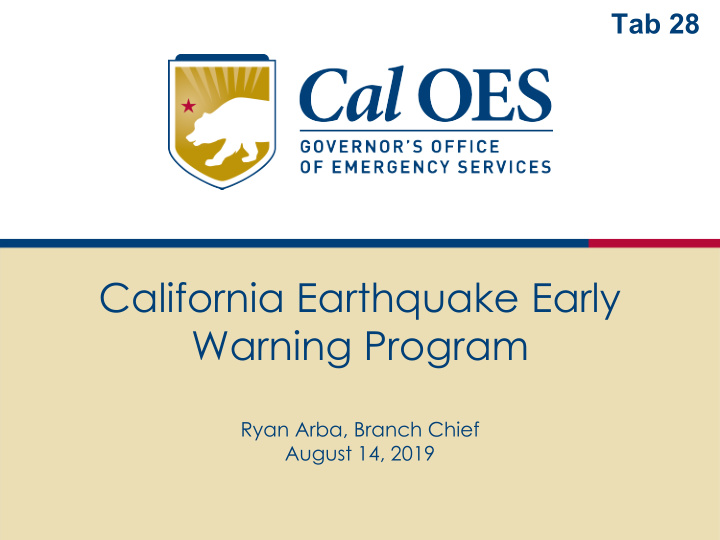



Tab 28 California Earthquake Early Warning Program Ryan Arba, Branch Chief August 14, 2019
What is Earthquake Early Warning • Not earthquake prediction • Sensors detect the fast moving P-waves of an earthquake. • The sensor data is sent to an earthquake alert center which uses an algorithm to predict magnitude and intensity. • Alerts are then distributed to the public. • This process takes seconds.
EEW in California • Senate Bill 135 (2013): • Directed Cal OES to develop a comprehensive statewide earthquake early warning system in California through a public/private partnership. • Senate Bill 438 (2016): • Established the California Earthquake Early Warning Program and the California Earthquake Early Warning Advisory Board to support the development of the statewide earthquake early warning system. • Funding: • FY 16-17: $10m • FY 18-19: $15m • FY 19-20: $16m • Sensor Network: • 1,115 sensors statewide when complete
Use Cases • Workforce can move to safe locations; elevators can stop at the nearest floor; place sensitive equipment in safe mode; secure chemicals and hazardous materials; halt production lines to reduce damage. • Automatically slow or stop trains ; stop oncoming bridge traffic; divert inbound aircraft. • General Public can drop, cover, and hold on; safely stop vehicles.
Public Alert Pathways • By November 2019: • MyShake App • Wireless Emergency Alerts (WEA): • Greater Bay Area and SoCal.
Mobile Phone App • Cal OES is working with UC Berkley to test a statewide EEW App called MyShake. • Fund research to determine whether or not cell phones can be crowdsourced to supplement the traditional seismic network to reduce latency. • MyShake is currently in testing and should be released to the public in Oct/Nov 2019. • Free to all users
Wireless Emergency Alerts • Oakland Test: • Approximately 40,000 persons live/work within the target zone. • San Diego Countywide Test: • Approximately 3.4 million persons live/work within the county. • Results: • 1/3 received alert within 10 seconds • 2/3 received alert within 60 seconds • 1/3 did not receive alert
How You Can Help • Join the test group for the MyShake app • Amplify messaging for public roll out • Explore automated actions similar to BART or other new use cases Contact info: ryan.arba@caloes.ca.gov
Recommend
More recommend